Subtle changes can reveal serious trouble early.

Most dog owners can spot when their pet skips a meal or drinks too much water—but few realize those small changes can hint at kidney decline long before it becomes obvious. The kidneys filter toxins, regulate hydration, and balance minerals, quietly keeping the body in check. When they begin to fail, the signs often start softly, hidden behind normal quirks or aging behavior. Understanding what to look for early can mean the difference between reversible damage and a life-threatening condition. Here’s what new veterinary research says about spotting it in time.
1. Drinking far more water than usual.

An early red flag for kidney strain is an increase in thirst. According to the American Veterinary Medical Association, dogs with impaired kidneys often lose their ability to concentrate urine, causing dehydration that drives them to drink excessively. Owners might notice their pet draining the bowl more quickly or searching for water in odd places. What seems like summer thirst can actually be the body’s attempt to flush out accumulating waste. Over days or weeks, this subtle pattern quietly signals that the filtration system isn’t keeping up.
2. Urine output suddenly changes in frequency.
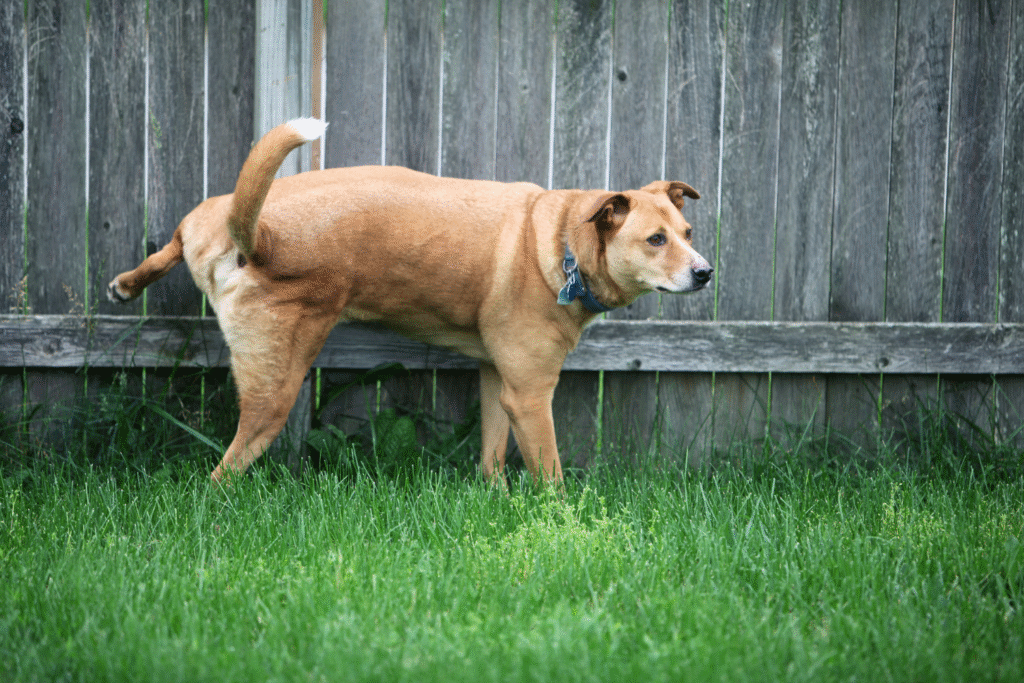
A dog’s bathroom routine says more about its health than most people realize. As stated by Cornell University’s College of Veterinary Medicine, both increased and decreased urination can signal trouble. Early-stage kidney disease can make a dog pee more often, but as the condition progresses, output may actually drop. When those patterns shift—especially paired with stronger-smelling or unusually pale urine—it’s time for a vet check. The kidneys regulate water and waste, so their failure shows up in every puddle long before blood tests confirm it.
3. The appetite fades for no clear reason.

Veterinary researchers at the University of California, Davis have reported that appetite loss is one of the most consistent early signs of kidney dysfunction. As toxins build up in the bloodstream, dogs begin to feel nauseated or full despite eating little. Food that once excited them becomes unappealing, and meals stretch longer or go unfinished. Many owners mistake this for pickiness or aging, but it’s the body quietly saying it’s overwhelmed. Appetite loss that lingers more than a few days should never be brushed off, especially if thirst is also changing.
4. Breath starts to carry an unusual scent.
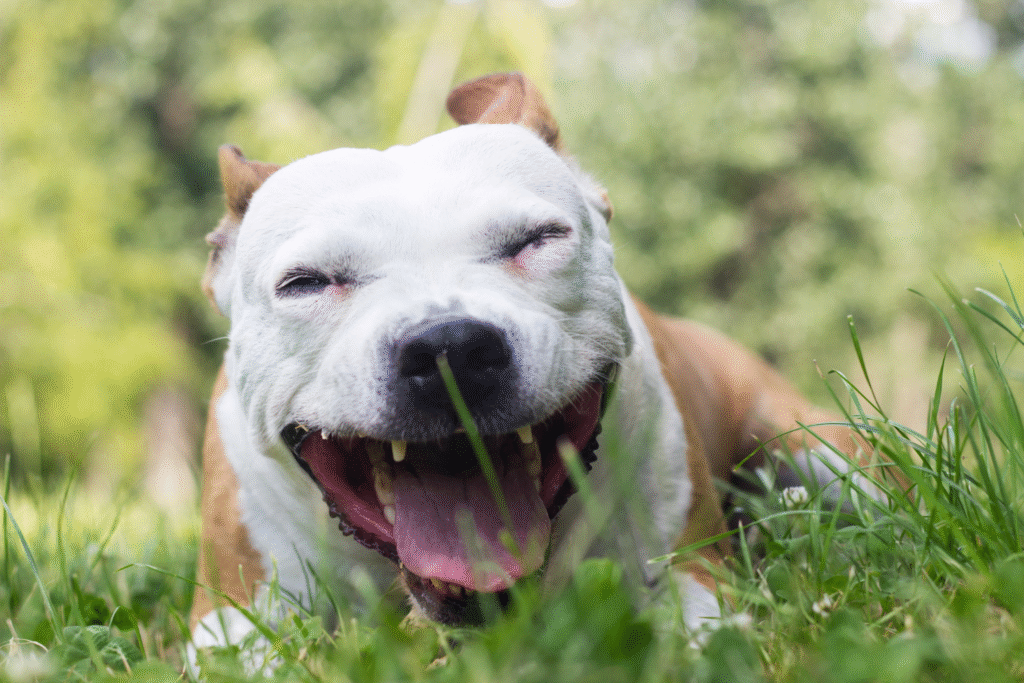
When waste products build up in the blood, one of the first places it shows is the mouth. Some dogs with kidney disease develop a metallic or ammonia-like odor on their breath. It happens because the kidneys can no longer clear urea effectively, allowing it to circulate and be exhaled. It’s not always strong, but once noticed, it’s hard to ignore. That scent, combined with other symptoms, can point veterinarians straight toward kidney function tests.
5. Weight quietly slips away despite normal meals.

Dogs in early kidney decline often lose muscle mass without an obvious cause. Even when appetite looks steady, nutrient absorption falters as waste retention affects metabolism. Owners may notice subtle changes first: ribs becoming easier to feel, a spine more defined, or the face appearing slightly hollow. Over time, this slow fade reveals a system working overtime to maintain balance. It’s not sudden or dramatic, which is what makes it so easy to miss until the vet’s scale tells the truth.
6. Lethargy creeps in like an invisible fog.

Energy dips are one of the least specific but most telling symptoms of kidney stress. The reason is simple—poor filtration leads to toxin buildup, which saps vitality and oxygen transport. A once playful dog might nap longer, skip walks, or stop greeting you at the door. Because the change can seem like “just getting older,” many owners overlook it. But fatigue from kidney strain has a particular heaviness, as if the body itself is weighed down.
7. Vomiting appears more often, with no obvious cause.
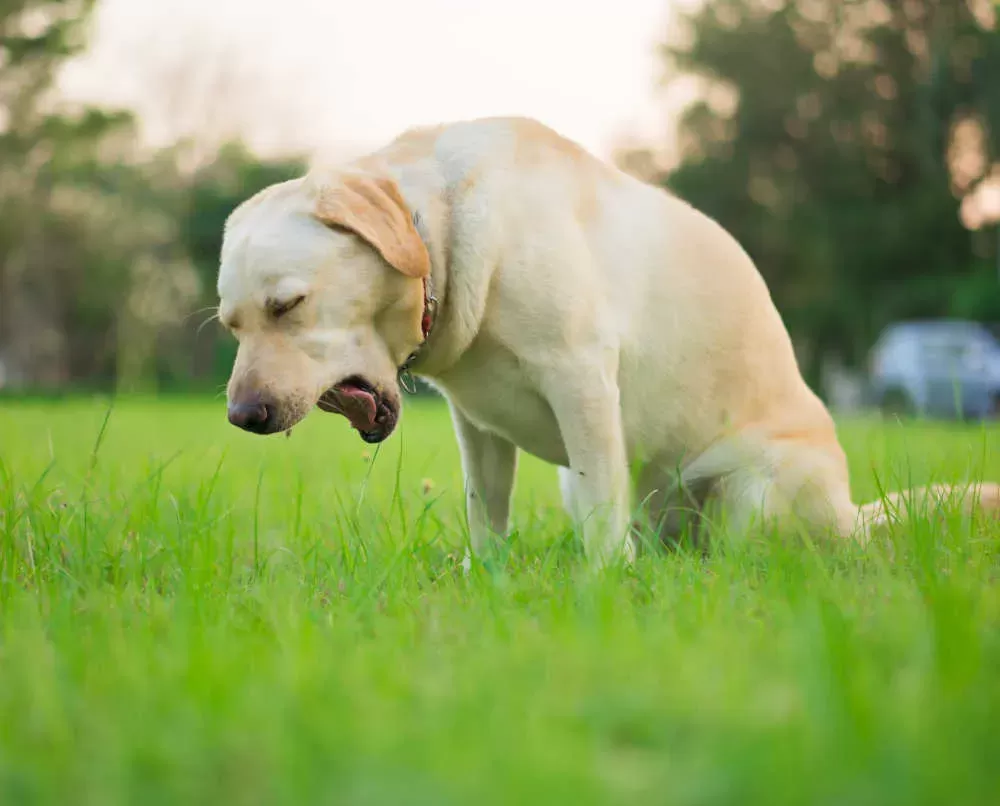
When the kidneys falter, the digestive system often reacts next. The body, struggling to eliminate toxins through urine, finds another route—nausea and vomiting. These episodes might start as rare but soon grow more frequent. They can strike even after a simple meal, leaving dogs uncomfortable and dehydrated. It’s not food intolerance or a random stomach bug. It’s the system saying there’s too much inside it can’t clean fast enough.
8. The coat and skin start to lose their glow.

Healthy kidneys help regulate minerals and hydration that keep the coat shiny and skin elastic. As disease sets in, fur may become dull or coarse, and dandruff-like dryness can appear. Some dogs even shed more heavily or develop patchy areas. While it’s easy to blame grooming or diet, these surface changes often trace back to internal imbalances. The skin, after all, is another organ of excretion—and when the main filters fail, it starts showing the strain.
9. Subtle behavioral shifts reveal internal distress.
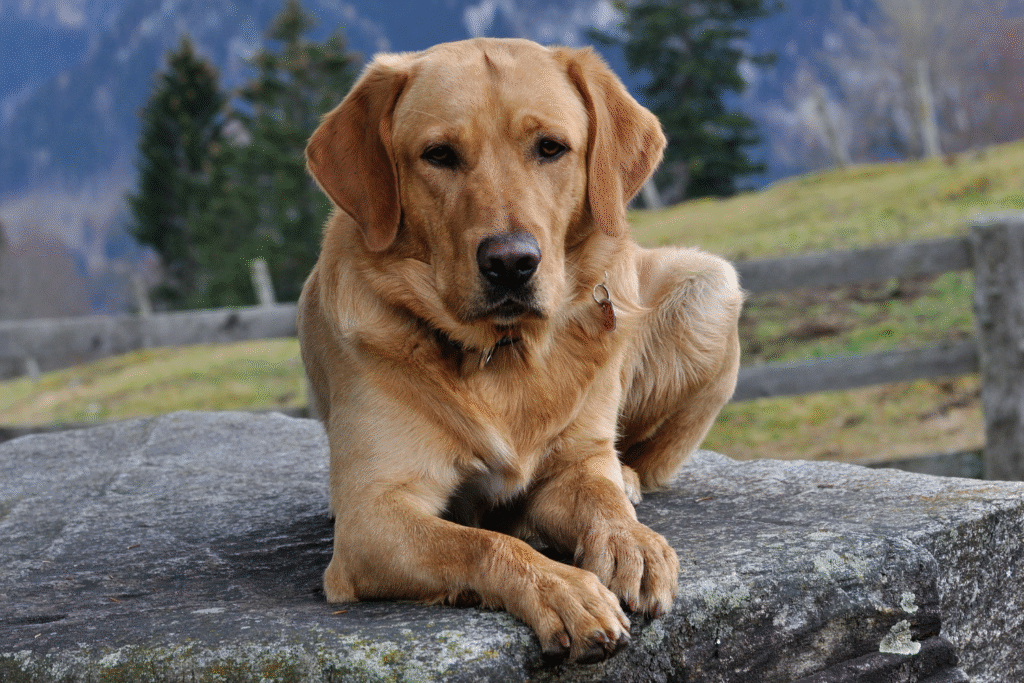
Dogs with early kidney issues sometimes grow restless, pacing at night or seeking cooler spots on the floor. They may avoid food bowls, water dishes, or even contact, as nausea and fatigue fluctuate. These quiet mood shifts are easy to dismiss but often reflect chemical imbalances affecting comfort and cognition. When combined with any of the other signs, they complete the puzzle. The body is whispering before it shouts, and the difference between those two stages is time—the one thing kidney health can’t afford to waste.
10. Acting quickly can make all the difference.
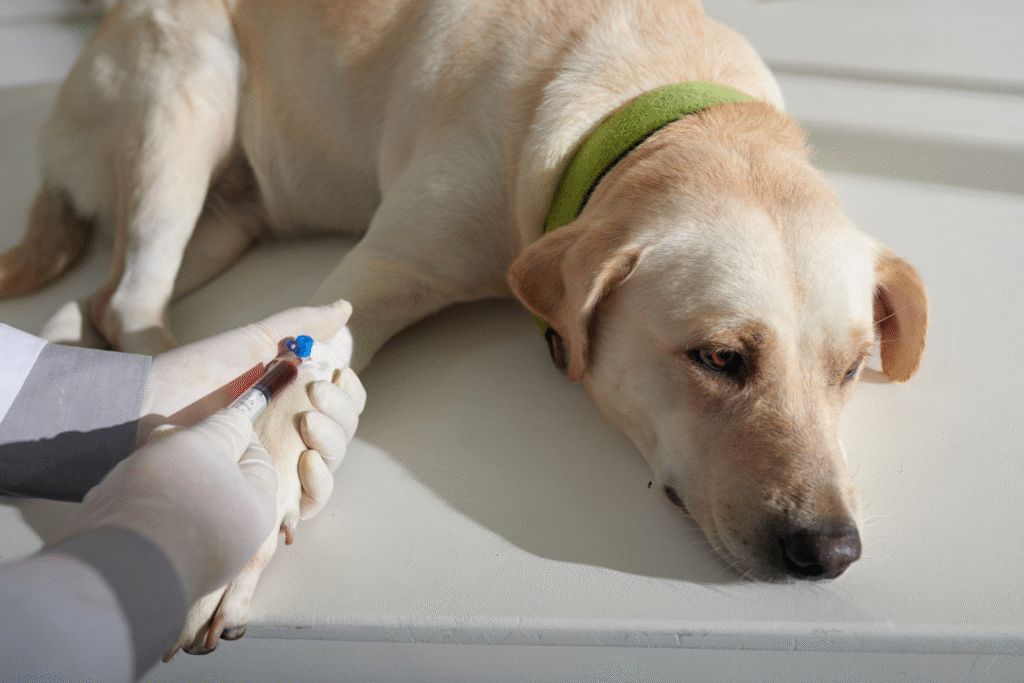
If any of these signs sound familiar, the next move is simple but urgent—call your veterinarian. Early detection can slow or even halt progression when treatment starts before major damage occurs. Vets typically begin with bloodwork and urinalysis to check filtration levels, then adjust diet, hydration, and medication as needed. Specialized kidney-support diets and fluids can ease strain on the organs and flush out toxins more efficiently. The key is not to wait. Once kidneys fail, recovery is rare, but with early care, many dogs go on to live long, comfortable lives.
